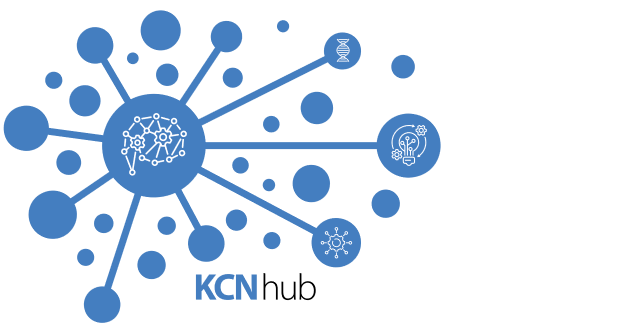Internal KCN: Graph Representations of iEEG Data for Seizure Detection with Graph Neural Networks
Abstract: Epilepsy is a widespread neurological dis- order, affecting over 50 million individuals worldwide. In- tracranial electroencephalography (iEEG), implanted in ap- proximately 30-40% of patients, provides a unique oppor- tunity to analyze neural activities at various brain regions and depths. However, the lack of standardized analyzing tools and the absence of systematic processing across all electrodes pose significant challenges in harnessing the full potential of iEEG data. To address these challenges, we leverage the power of graph neural networks (GNNs) and graph representations, offering a promising approach to unlock the insights hidden within iEEG data. We have developed a data pipeline consisting of a GNN model, specifically tailored to iEEG data. We incorporate electrode- specific and functional connectivity features into the nodes and edges of the graph representations. To assess the performance of our approach, we systematically generated 9 different graph representations using publicly available iEEG data from 25 epilepsy patients. Notably, one particular graph representation, featuring average energy at electrode and average energy at electrode by frequency band as node features, functional connectivity measurements based on energy correlation and phase synchronicity as edge fea- tures, outperformed others by achieving mean accuracy, AUC, and F1-score of 93%, 97%, and 93% in distinguishing seizure from non-seizure activities as a binary classifi- cation problem. We also assessed the performance in a multi-class classification setup, achieving mean accuracy, AUC, and F1-score of 90%, 97%, and 88% in distinguish- ing preictal, ictal, and postictal signals, which correspond to periods before, during, and after a seizure event. Our findings strongly suggest that graph representations of iEEG data that leverage electrode and functional connectivity features significantly enhance the model’s capability to classify neural activities associated with seizures. We anticipate that our data pipeline provides a standardized analyzing tool for multi-channel iEEG data, paving the way for future discoveries in the field of neural data analysis. Furthermore, our approach holds great promise for future research, particularly in the intepreptable, precise localization of seizures within the brain, offering a foundation for more targeted interventions.
Brief Bio: Alan A. Díaz Montiel obtained a Ph.D. in Computer Science from the University of Dublin, Trinity College, in Dublin, Ireland, in 2021. Currently, he is conducting postdoctoral research at the Neural Systems and Brain Signal Processing Lab (NSBSPL) at the Krembil Research Institute affiliated with the University Health Network (UHN) and the University of Toronto in Toronto, Canada. His research primarily focuses on the analysis of electrophysiological signals, especially intracranial EEG, with the aim of identifying interregional functional subnetworks in the human brain that may serve as biomarkers for epilepsy. His expertise spans the fields of Telecommunications, Simulation Systems, Signal Processing, Data Science, and Applied Artificial Intelligence.

